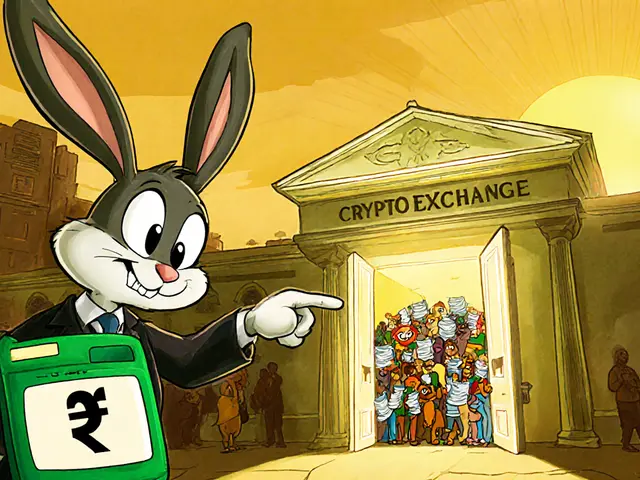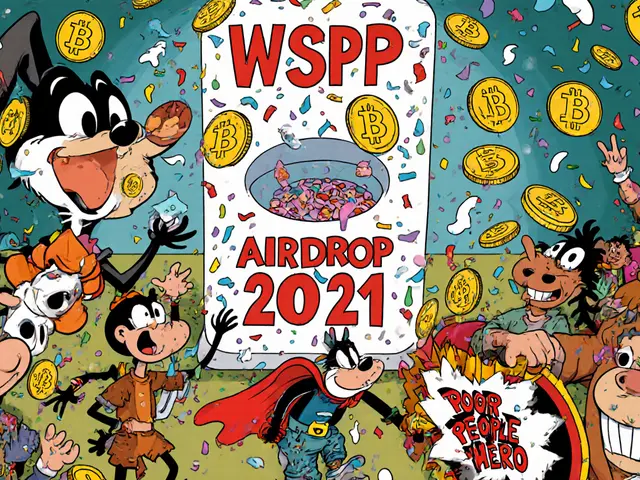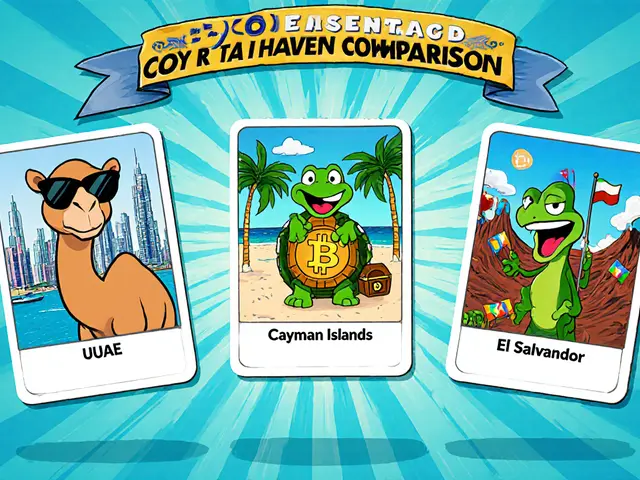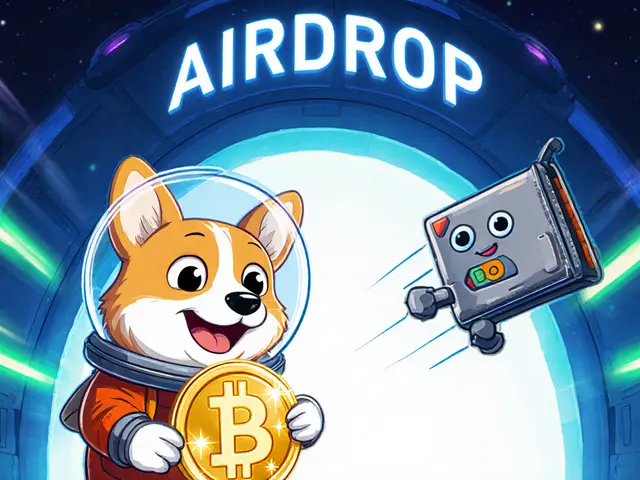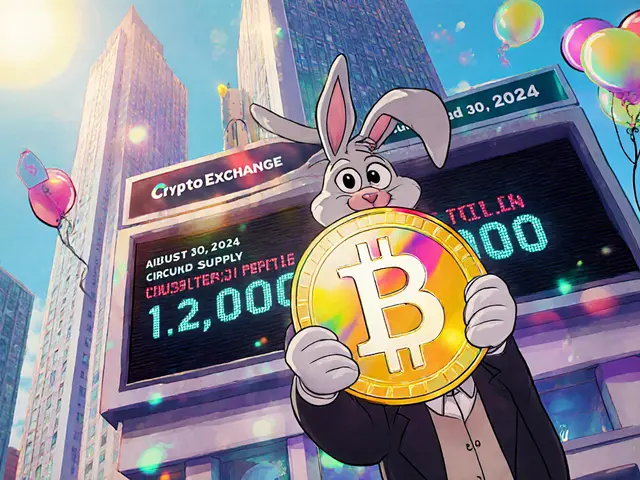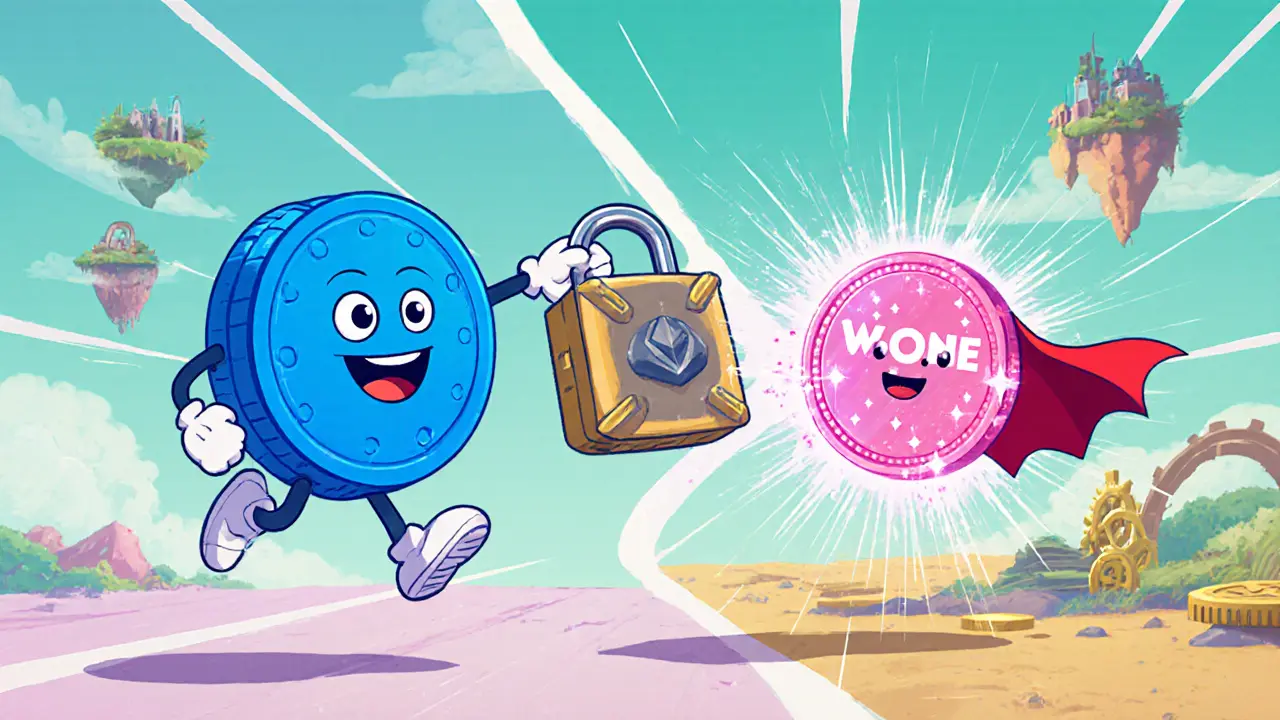
Wrapped Harmony (WONE) Calculator
Value Calculator
Estimate the value of your WONE holdings and potential gains from cross-chain transfers.
Key Takeaways
- Wrapped Harmony (WONE) is a 1:1 representation of Harmony's native ONE token that lives on other blockchains, mainly Ethereum.
- WONE enables Harmony holders to tap into the massive DeFi ecosystem on Ethereum without selling their ONE.
- The wrapping process locks ONE in a smart‑contract on Harmony and mints WONE on the target chain; unwrapping does the reverse.
- Liquidity is still modest compared with WBTC or WETH, so price can swing sharply on small trades.
- Security risks center on bridge contracts and gas fees; using reputable bridges and larger amounts reduces exposure.
What is Wrapped Harmony (WONE)?
When you hear about Wrapped Harmony (WONE) is a wrapped version of Harmony’s native token ONE, minted as an HRC‑20 fungible token on the Harmony blockchain and also issued on Ethereum as an ERC‑20 asset. In plain terms, WONE is a bridge token that lets you move the value of ONE into ecosystems that don’t natively support Harmony, most notably Ethereum‑based DeFi platforms.
The idea behind any wrapped token is simple: lock the original asset in a secure contract, then create a counterpart token on another chain that is backed 1:1. As long as the locking contract holds the exact amount of ONE, each WONE token is fully redeemable for the original token.
How does the wrapping process work?
Wrap and unwrap happen through a cross‑chain bridge. The steps look like this:
- Send ONE from your Harmony wallet to the bridge’s custodial contract. The contract records the amount and locks the tokens.
- The bridge mints an equivalent amount of WONE on the target chain (usually Ethereum) and credits them to the address you supplied.
- When you want to retrieve your original ONE, you send the WONE back to the bridge contract on the target chain.
- The bridge burns (destroys) the received WONE and releases the locked ONE back to your Harmony address.
Because the bridge contract is the single source of truth, the whole system relies on code correctness and, ideally, decentralised governance of the contract. Many bridges use a multi‑sig DAO to approve large releases, adding an extra layer of security.
Why use WONE? Benefits and Use Cases
The primary advantage of WONE is cross‑chain interoperability that lets Harmony token holders move value to any blockchain that supports the wrapped asset. This opens several doors:
- Access to Ethereum DeFi: Liquidity pools, lending platforms, and yield farms that only accept ERC‑20 tokens become reachable.
- Leverage low‑cost Harmony transactions: You can earn high APY on Harmony‑based staking, then wrap the rewards to deploy them elsewhere.
- Portfolio diversification: Holding both ONE and WONE lets you balance exposure between a fast, cheap chain and the deep liquidity of Ethereum.
- Arbitrage opportunities: Price differences between ONE on Harmony and WONE on Ethereum can be exploited by fast traders.
Getting Started: How to Wrap and Use WONE
Below is a practical checklist for a first‑time user.
- Choose a compatible wallet. You’ll need a Harmony‑compatible wallet (e.g., MetaMask (Harmony network)) and an Ethereum wallet (MetaMask on Ethereum mainnet works).
- Fund your Harmony wallet with ONE. Purchase ONE on an exchange and transfer it to your Harmony address.
- Connect to a reputable bridge. The official Harmony Bridge or popular third‑party bridges (e.g., AnySwap, Multichain) provide a UI for wrapping.
- Enter the amount to wrap. The UI will show estimated gas fees on both chains. Confirm the transaction in your Harmony wallet.
- Receive WONE on Ethereum. After the bridge finalises the mint, you’ll see WONE in your Ethereum wallet.
- Deploy WONE in DeFi. Use popular platforms like Uniswap, Aave, or Curve to trade, lend, or provide liquidity.
- Unwrap when needed. Send WONE back through the bridge UI, wait for the burn, and retrieve your ONE on Harmony.
Remember that Ethereum gas can be pricey, especially during network congestion. For small amounts, the fees might outweigh the benefit, so many users wrap only when they plan to move a sizable sum or hold for a longer term.
Risks and Things to Watch Out For
While WONE opens doors, it also introduces new risk vectors:
- Smart‑contract risk: If the bridge contract contains a bug, funds could be lost. Always verify that the contract has been audited.
- Liquidity risk: WONE’s trading volume is modest. Large trades may slip the price or fail to execute.
- Gas cost variance: Ethereum gas can swing from a few dollars to over $50 in peak periods, dramatically affecting net returns.
- Regulatory uncertainty: Some jurisdictions may treat wrapped tokens as custodial assets, potentially subjecting them to additional compliance rules.
- Bridge centralisation: A bridge operated by a single entity can become a single point of failure; look for bridges with multi‑sig governance.
Wrapped Harmony vs. Other Wrapped Tokens
| Token | Underlying Asset | Primary Bridge Chain | Typical Liquidity (24h) | Average Gas (USD) for Transfer |
|---|---|---|---|---|
| WONE | Harmony ONE | Ethereum (ERC‑20) & Harmony (HRC‑20) | ≈ $11k (varies by exchange) | ~$3‑$5 on Ethereum, <$0.01 on Harmony |
| WBTC | Bitcoin | Ethereum (ERC‑20) | ≈ $1.2B | ~$2‑$4 on Ethereum |
| WETH | Ethereum Ether | Ethereum (ERC‑20) | ≈ $2B | ~$2‑$4 on Ethereum |
From the table you can see that WONE’s liquidity is far behind the heavyweight wrapped assets. That reality translates into higher slippage for big trades, but it also means there’s room for early adopters to capture market share as Harmony’s ecosystem matures.
Quick Checklist for Working with WONE
- ✔ Verify you have separate Harmony and Ethereum wallets.
- ✔ Use a bridge that publishes its smart‑contract address and audit reports.
- ✔ Check current gas prices on both chains before wrapping.
- ✔ Start with a modest amount to test the process.
- ✔ Keep an eye on WONE’s trading volume and price spreads.
Future Outlook for Wrapped Harmony
Wrapped tokens are a cornerstone of the multi‑chain future. Harmony’s roadmap includes integrating zero‑knowledge proofs for privacy and faster verification, which could make both ONE and WONE more attractive to privacy‑focused DeFi projects. If the ecosystem succeeds in attracting larger DEXs and lending platforms, WONE’s liquidity should improve, narrowing the gap with WBTC and WETH.
For now, treat WONE as a niche tool: valuable for those who already hold ONE and want to experiment with Ethereum DeFi without selling their original tokens. As the bridge technology matures, expect smoother user experiences and lower gas costs, especially if Layer‑2 solutions on Ethereum become mainstream.
Frequently Asked Questions
What does “wrapped” mean in Wrapped Harmony?
A wrapped token is a 1:1 representation of an original asset on a different blockchain. For WONE, the original Harmony ONE tokens are locked in a smart contract on Harmony, and an equal amount of WONE is minted on Ethereum. The two tokens are always redeemable for each other.
How can I check the backing ratio of WONE?
Most reputable bridges publish an on‑chain proof that the amount of ONE locked equals the amount of WONE issued. You can view the lock contract address on a block explorer (Harmony Explorer) and compare it to the total supply shown on an Ethereum explorer.
Is wrapping ONE into WONE taxable?
Tax treatment varies by jurisdiction. In many countries, converting ONE to WONE is considered a taxable event because you’re moving an asset across chains, which can be classified as a disposal. Always consult a tax professional for your local rules.
Can I use WONE on Layer‑2 solutions like Arbitrum?
Yes, as long as the Layer‑2 supports ERC‑20 tokens and the bridge has deployed WONE on that network. Check the bridge’s documentation for supported Layer‑2 chains.
What are the main risks of using the Harmony Bridge?
Key risks include smart‑contract bugs, centralised bridge operators, and high Ethereum gas fees that can erode profits. Mitigate by using bridges with public audits and multi‑signature governance, and by wrapping larger amounts to spread the gas cost.

